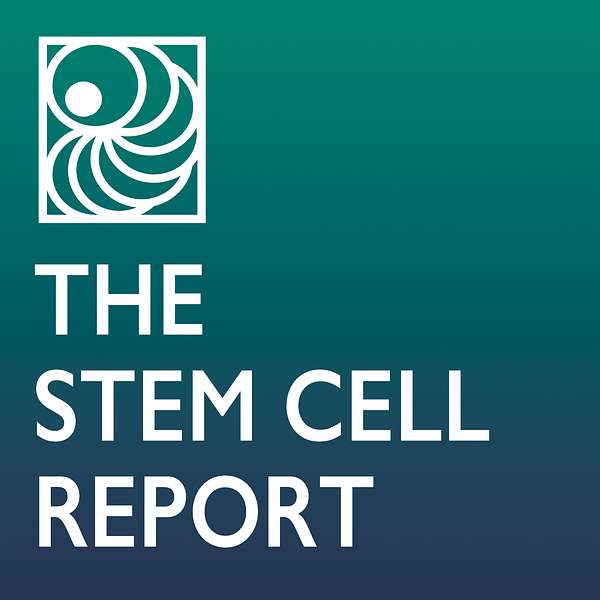
The Stem Cell Report with Janet Rossant
Stem cell science has catapulted to the forefront of biomedical research over the last decade, bringing with it the potential to transform human health and the treatment of devastating diseases and disorders. Janet Rossant, an internationally recognized stem cell pioneer and the dynamic editor-in-chief of Stem Cell Reports, explores basic discoveries in stem cell research and its application. Dr. Rossant goes “beyond the paper,” bringing authors together to draw new insights and explore the questions and creativity that drive new breakthroughs. Stem Cell Reports, published by the International Society for Stem Cell Research (ISSCR), is an open-access, peer reviewed journal that supports the field of stem cell research and regenerative medicine.
The Stem Cell Report with Janet Rossant
Evaluating the Expanding Models of Brain Disease
Those who study neurological diseases and their underlying cellular and molecular mechanisms have a number of scientific models at their disposal. In vivo animal models, particularly those bearing targeted genetic modifications, remain the gold standard, especially when it comes to assessment of behavioral readouts and neurobiological disease mechanisms in vivo. Historically, animal models have been widely used for preclinical validation of drug efficacy and safety.
Increasingly there is a move away from this approach, and human cellular models using induced pluripotent stem cells and their derivatives such as three-dimensional organoid models have recently provided unprecedented genetic and mechanistic insights into disease mechanisms. Human/animal chimeras made by xenografting human cells into the animal brain have unparalleled potential to study human cells in the context of the whole organism. Our guests today review the use of these types of model systems to understand neuropsychiatric diseases, focusing on Alzheimer’s and Parkinson’s disease, epilepsy, Down syndrome, and schizophrenia and provide critical appraisal of the impact of human-rodent xenografting approaches for advancing our understanding of those diseases and brain development.
Host
Martin Pera, Editor-in-Chief, Stem Cell Reports and The Jackson Laboratory
@martinperaJAX
Guests
Giuseppe Testa, MD, PhD, Università Statale, Human Technopole, and the European Institute of Oncology, Italy
Marlene Pereira, PhD UCB Pharma, Brussels, Belgium
Reinald Shyti, PhD, Human Technopole and the European Institute of Oncology, Italy
Supporting Content
In and out: benchmarking in vitro, in vivo, ex vivo and xenografting approaches for an integrative brain disease modeling pipeline, Stem Cell Reports
About Stem Cell Reports
Stem Cell Reports is the open access, peer-reviewed journal of the International Society for Stem Cell Research (ISSCR) for communicating basic discoveries in stem cell research, in addition to translational and clinical studies. Stem Cell Reports focuses on original research with conceptual or practical advances that are of broad interest to stem cell biologists and clinicians.
Twitter: @StemCellReports
About ISSCR
With nearly 5,000 members from 75+ countries, the International Society for Stem Cell Research (@ISSCR) is the preeminent global, cross-disciplinary, science-based organization dedicated to stem cell research and its translation to the clinic. The ISSCR mission is to promote excellence in stem cell science and applications to human health.
ISSCR Staff
Keith Alm, Chief Executive Officer
Yvonne Fisher, Managing Editor, Stem Cell Reports
Kym Kilbourne, Director of Media and Strategic Communications
Jack Mosher, Scientific Advisor
Voice Work
Ben Snitkoff